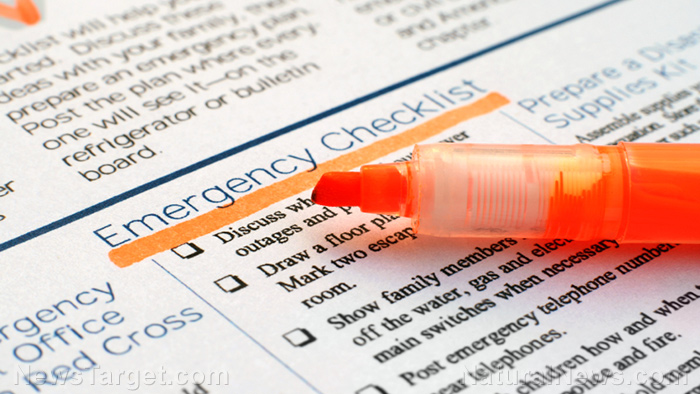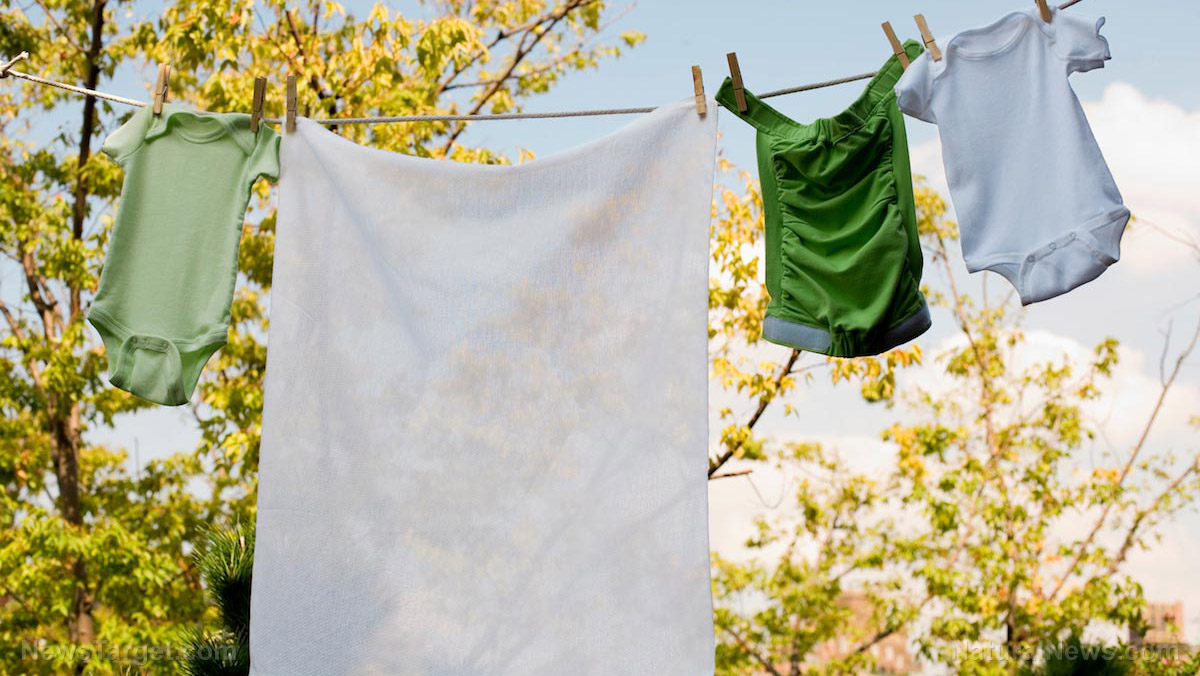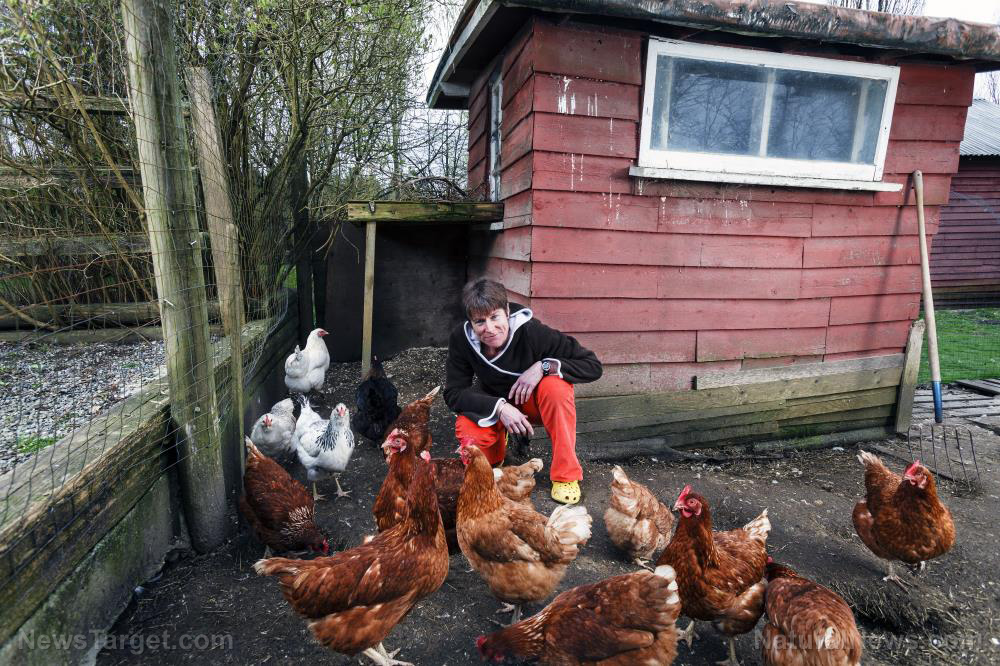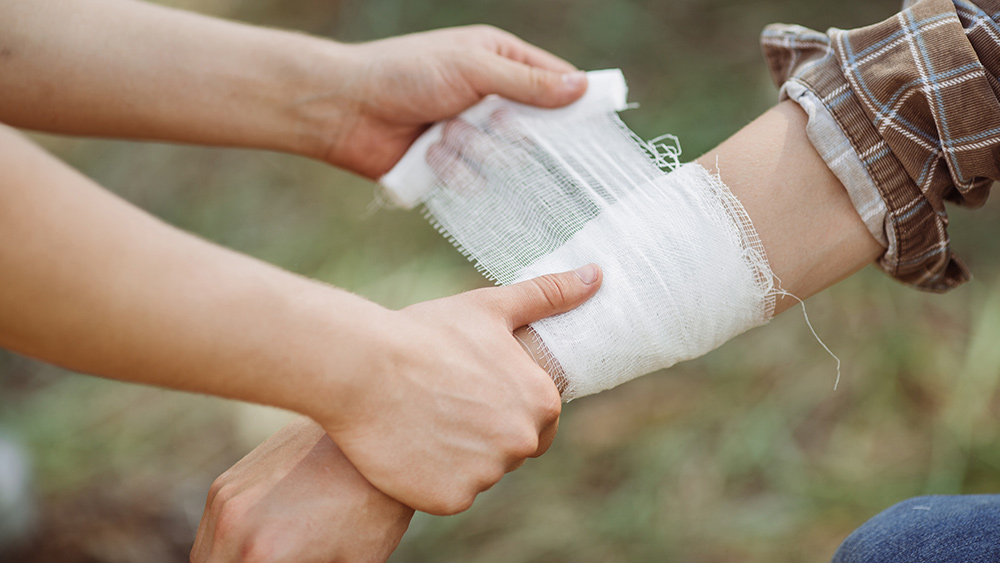Here’s what you need to survive when SHTF: 5 Must-know steps
12/01/2020 / By Zoey Sky

Prepping is key to surviving in a post-SHTF world, but it can be overwhelming for anyone new to the lifestyle. If you want to help your family survive a disaster, follow the five steps detailed below and begin your journey as a prepper. (h/t to Survivopedia.com)
Manage your finances
Prepping isn’t all about stockpiling supplies in your pantry or basement. While extra food and water are key to your survival, you also need to budget your money so you don’t run out of cash for financial emergencies like home repairs, medical or dental problems and unemployment.
Settle any debts while you have a stable job, and set aside money for your savings. If you’re on a tight budget, don’t spend too much on survival supplies.
Learn to prioritize
If you have no survival skills, don’t dive right into complicated projects like building a bunker in your bug-out location. Start with simple prepping tasks like setting up a survival stockpile or pack a bug-out bag for yourself.
When you get the hang of things, move on to other tasks like a survival garden. Never go over-budget.
Always plan ahead
Before SHTF, take the time to draft and finalize an emergency preparedness plan. Inform your whole family about everything they need to do in case of different emergencies like a fire or a natural disaster. Explain things clearly to children, especially those who are too young to understand more complicated plans and rules.
Settle on a safe meet-up location so you can all regroup if you get separated while traveling. The job isn’t done once your emergency preparedness plan is finalized. Run drills on weekends and time yourselves. The faster you grab your BOBs, the faster your whole family can get in your car and bug out when SHTF.
Survival gear is useless if you don’t know what to do in an emergency. Learn how to use the items in your BOB and first aid kit. Monitor the local news and keep an eye on potential dangers that your family might face if all hell breaks loose. (Related: Worst-case scenario: How to help your family survive when SHTF.)
Start stockpiling food and water
It’s crucial to set up a survival stockpile before a long-term disaster. Choose a spacious room in your house and stock up on clean drinking water. You will also need extra water for hygiene, cooking and cleaning.
Stocking up on food can get expensive so it’s best to plan ahead and start small. Make a list of nutritious items that have a long shelf life, then start stocking up.
If you can’t afford to buy a lot of extra food while buying groceries, get one or two extra cans of soup or canned vegetables and set them aside. Keep doing this until you have enough supplies for your whole family.
Prepare a bug-out bag
A bug-out bag contains basic supplies that you’ll need to survive for 72 hours if you are forced to leave your home after SHTF. A BOB needs to be light enough that you can stay mobile, so don’t bring anything you don’t need.
Include useful items like:
- A basic first aid kit
- Flashlight and extra batteries
- A clean set of clothing
- Water and a water filter
- Emergency food
- Firestarters
- Map and compass
- A whistle for signaling
Keep a BOB at home and leave a get-home bag at the office or in your car. If you’re stuck elsewhere after a disaster, use your get-home bag to reach home safely.
Beginner preppers are encouraged to start small. In time, you’ll get used to the many aspects of prepping and you will have the skills and supplies you need to survive after SHTF.
Sources include:
Submit a correction >>
Tagged Under:
bug out, crisis, disaster, emergency, emergency preparedness, evacuation, how-to, off grid, preparedness, prepper, prepping, SHTF, survival, survivalist, tips
This article may contain statements that reflect the opinion of the author
RECENT NEWS & ARTICLES
COPYRIGHT © 2017 OFFGRID NEWS





















